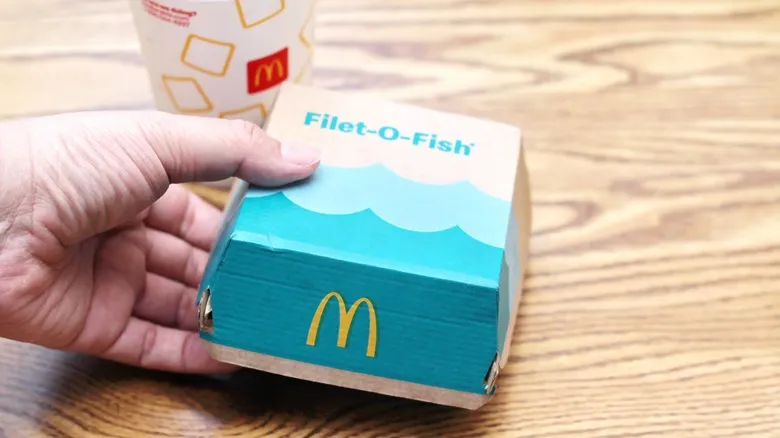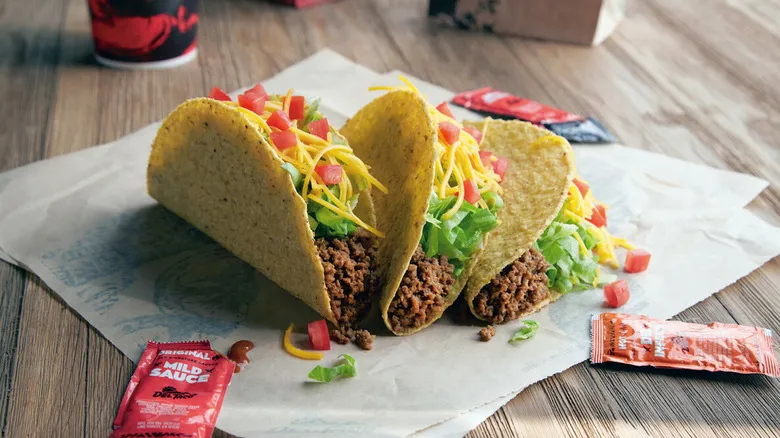A big fish in a small pond

It might seem surprising that such a massive fast food giant would face challenges in remaining open. However, it's worth noting that in 1960, McDonald's operated only around 200 locations, a far cry from its current presence of nearly 42,000 locations globally, as reported by Statista. When Lou Groen launched his franchise in Ohio, McDonald's had not yet become the ubiquitous brand it is today, leading to difficulties in keeping the restaurant operational.
One particularly unique challenge Groen faced was of a religious nature. He shared with the Chicago Tribune that his restaurant served a community that was 87% Catholic. Due to Catholic doctrine prohibiting the consumption of meat on Fridays throughout the year, Groen often struggled to generate more than $75 in sales on those days.
Rather than giving up on his burger business, Groen looked to another fast food chain, Big Boy, which was successfully offering fish sandwiches to cater to the local Catholic clientele. Inspired by their success, Groen decided to create his own fish sandwich to help sustain his restaurant. However, getting his innovation approved for the McDonald's menu was not an easy task, as he had to contend with McDonald's founder and renowned businessman, Ray Kroc.
Fish vs. pineapple

In the early 1960s, Lou Groen visited McDonald's corporate headquarters in Chicago to pitch his fish sandwich to Ray Kroc. However, Kroc was not particularly excited about Groen's proposal. This was likely because Kroc had his own vision for a meatless burger suitable for Fridays, but he chose to focus on fruit rather than seafood. His creation, the Hula Burger, featured a grilled pineapple ring topped with a slice of cheese, intended to cater to the meatless preferences of Catholic customers on Fridays.
Instead of outright rejecting Groen's concept, it was decided that both sandwiches would be offered on the menu for Good Friday in 1962. The item that sold better would be deemed the winner, but the results were overwhelmingly in favor of Groen's creation. McDonald's reported that the Filet-O-Fish sold 350 units, while the Hula Burger managed a mere 6 units. Consequently, the Hula Burger quickly faded into obscurity, and by 1965, the Filet-O-Fish became the first item to be permanently added to the McDonald's menu, where it remains today.
The beloved fish sandwich continues to be popular among Catholic McDonald's patrons. Although the Catholic Church ceased the requirement for meatless Fridays year-round in 1966, many Catholics still refrain from eating meat on Fridays during the Lenten season. This trend is evident in Filet-O-Fish sales during Lent, with approximately a quarter of all Filet-O-Fish sandwiches sold each year being purchased during this 40-day period.
Recommended

Here's What Del Taco Prices Looked Like On Opening Day In 1964

19 Weird State Food Laws You Didn't Know Existed

What Sets Old World Pepperoni Apart From The Rest

Everything We Know About The Invention Of Mayonnaise
Next up

